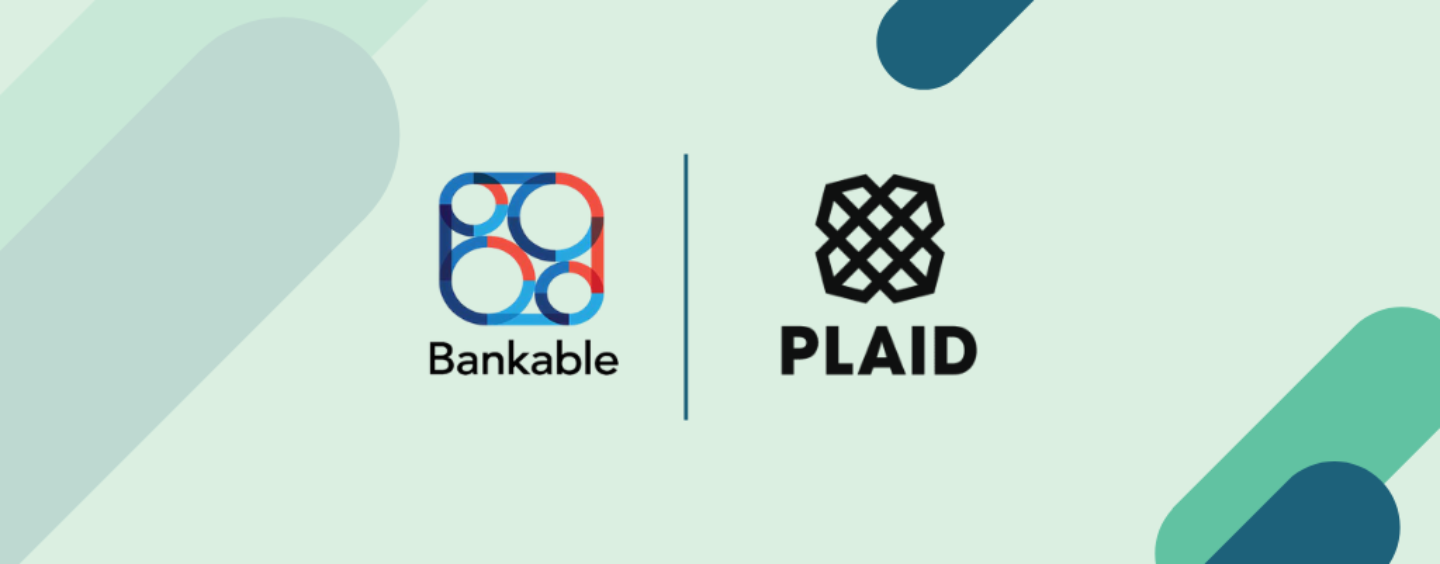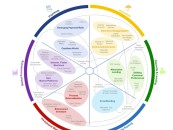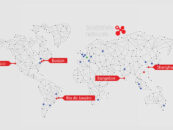Bankable a global “Banking as a Service” solution provider, announced a strategic global partnership with Plaid , a data network powering the fintech apps that millions of people rely on to improve their financial lives. Plaid was recently acquired by Visa for $5.3 billion.
The partnership will allow Bankable’s customers the ability to use Plaid’s technology to connect with their users’ bank accounts worldwide. In addition, Plaid customers will gain access to Bankable’s cloud-based banking and payment platform. Bankable designs and seamlessly orchestrates global payment and digital banking services with its extensive integrated partners’ ecosystem. By leveraging Plaid’s API technology, Bankable will further enable quick time to market for its clients. Plaid provides connectivity to 15,000 banks in the US and Europe.

Eric Mouilleron
“Like Bankable, Plaid is a fintech enabler providing an infrastructure as a service to power various business cases in lending, personal / business finance, consumer payments. Plaid and Bankable are both focused, since inception, on democratising financial services through technology,”
said Eric Mouilleron, CEO and Founder of Bankable
“This reciprocal global partnership will help us to provide more services to our respective banking and fintech clients.”

Lowell Putnam
“The infrastructure of financial services was not built for the digital demands of the industry today. Fintech companies and new digital-first banks offer consumers the tools and services they demand, but much of the existing bank technology core infrastructure hasn’t evolved along with these new customer needs,”
said Lowell Putnam, Head of Partnerships at Plaid.
“Providers like Bankable offer both fintech companies and financial institutions a platform to bring new products to market and meet shifting consumer demands, much more quickly than the legacy infrastructure allows.”






